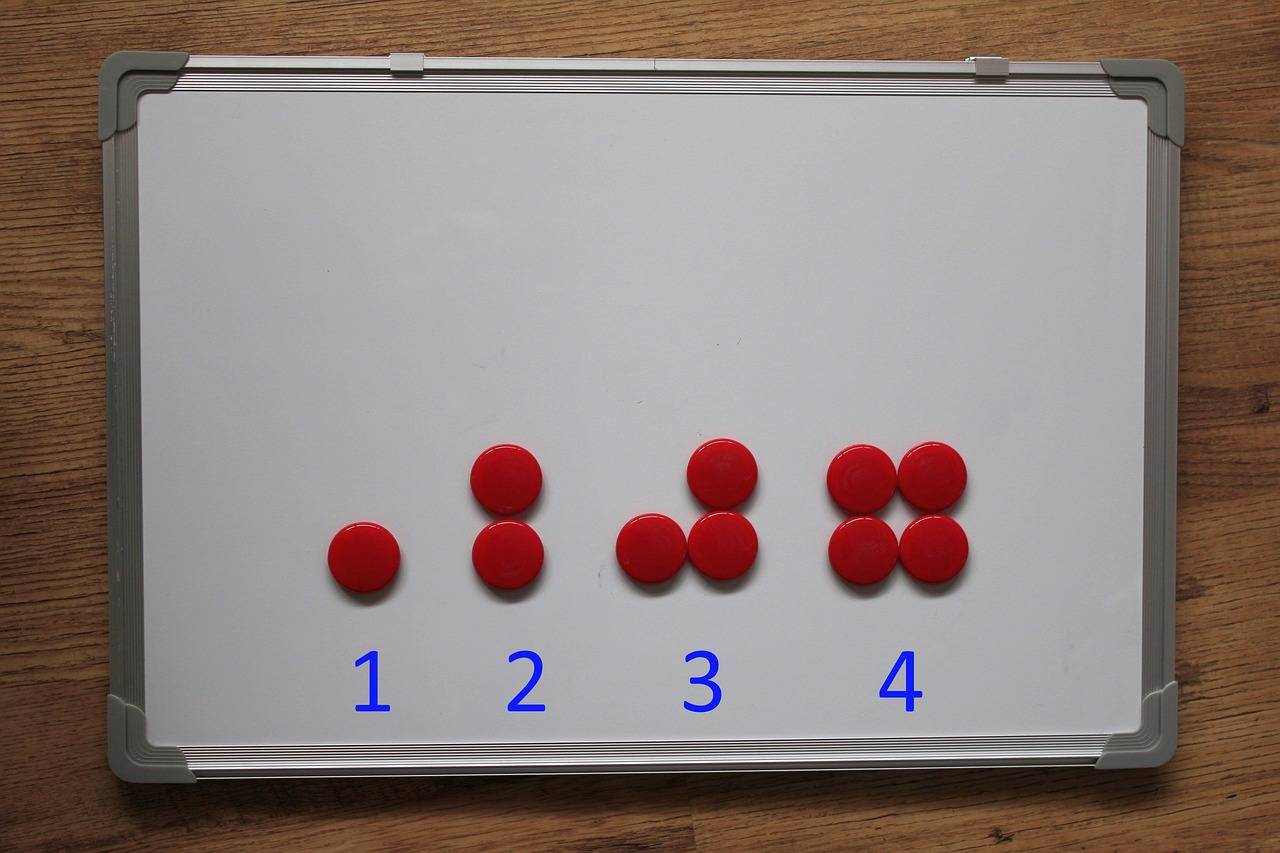Promoting Inclusivity and Diversity in Educational Curricula
Representation in educational materials holds significant weight in shaping the academic experience of students. When diverse voices and perspectives are included in textbooks, teaching materials, and classroom discussions, it fosters a more inclusive learning environment where all students feel valued and seen. Furthermore, representation promotes a more accurate reflection of society’s rich tapestry, broadening students’ understanding of different cultures, identities, and experiences.
By integrating diverse content in educational materials, educators can actively challenge stereotypes and biases that may exist in traditional curricula. When students see themselves reflected in their learning materials, it can boost their self-esteem, motivation, and sense of belonging in the classroom. Additionally, exposure to a wide range of perspectives can cultivate empathy, tolerance, and open-mindedness in students, preparing them to navigate an increasingly diverse and interconnected world.
Challenges in Achieving Inclusivity and Diversity in Curricula
In the quest for inclusivity and diversity in curricula, one major hurdle is the lack of adequate representation of historically marginalized groups. Often, educational materials focus primarily on perspectives and narratives from dominant cultures, leaving out the experiences and contributions of other communities. This omission can perpetuate stereotypes, reinforce biases, and alienate students who do not see themselves reflected in the curriculum.
Another challenge lies in the resistance to change within educational institutions. Implementing more inclusive and diverse content requires a shift in mindset, resources, and structures. Educators and administrators may face pushback from various stakeholders who are comfortable with the current curriculum or hesitant to address sensitive topics. Overcoming these barriers necessitates a commitment to ongoing dialogue, professional development, and the reevaluation of existing practices to ensure that all students feel valued and represented in their educational journey.
Strategies for Incorporating Diverse Perspectives in Education
When it comes to incorporating diverse perspectives in education, one effective strategy is to actively seek out curriculum materials that provide a range of voices and experiences. This could involve selecting textbooks, articles, and other resources that showcase a variety of cultural backgrounds, historical narratives, and social perspectives. By diversifying the materials used in the classroom, educators can help students develop a more nuanced understanding of the world around them.
Another key strategy for incorporating diverse perspectives in education is to invite guest speakers or experts from different backgrounds to share their knowledge and insights with students. This can help provide a more comprehensive look at various issues and topics, while also offering students the opportunity to engage directly with individuals who have diverse perspectives and lived experiences. Guest speakers can bring a fresh and unique outlook to the classroom, helping students to broaden their horizons and challenge their assumptions.





